IPOGEA – Norme per gli autori
“Ipogea”, rivista del Gruppo Speleologico San Giusto – Trieste, pubblica lavori scientifici originali che riguardano fenomeni di carsismo, ricerche scientifiche in campo speleologico e nelle discipline ad essa afferenti.
NORME PER GLI AUTORI
1. Generalità – “Ipogea”, rivista del Gruppo Speleologico San Giusto – Trieste, pubblica lavori scientifici originali che riguardano fenomeni di carsismo, ricerche scientifiche in campo speleologico e nelle discipline ad essa afferenti. I lavori da pubblicare e la corrispondenza relativa vanno inviati a :
– Gruppo Speleologico San Giusto, Redazione di “Ipogea” – Via Udine, 34 – 34125 Trieste, Tel./Fax. 040-422106 E-Mail redazione.ipogea@gssg.it.
I dattiloscritti verranno sottoposti per l’accettazione al giudizio insindacabile del Comitato di Redazione, che potrà avvalersi del Consiglio Scientifico.
2. Stesura dei testi – I testi devono essere predisposti per la stampa nella loro versione completa e definitiva, in duplice copia, comprese le illustrazioni (si accettano fotocopie per la seconda copia), in una delle seguenti lingue: italiano, inglese, francese. Devono essere dattiloscritti su una sola facciata di fogli formato A4, con interlinea 2 (doppia spaziatura) e margine laterale sinistro di almeno 3 cm. Le parole da stampare in corsivo (se non già rese in corsivo) devono essere sottolineate una volta e quelle in Maiuscoletto (se non già rese in Maiuscoletto) due volte. Unitamente al testo, si richiede copia del testo salvata su dischetti da 3,5 pollici, formattati MS Dos (IBM compatibile), redatta con programma di scrittura Word per Windows o compatibile. Si dovranno adottare le seguenti indicazioni: a) usare il formato “allineato a sinistra”, non quello “giustificato”; b) non suddividere le parole per effettuare gli “a capo”. I caratteri utilizzati possono essere di qualsiai tipo e corpo. La scelta definitiva dei caratteri e dei corpi tipografici è di competenza della Redazione.
3. Organizzazione del testo – Il testo dovrà essere composto riportando, nell’ordine:
a) Nome e Cognome completi dell’Autore/i; b) Titolo del lavoro; c) Abstract; d) Parole chiave e Key Words; e) Ente di appartenenza e indirizzo completo; f) Testo del lavoro; g) Riassunti; h) Elenco bibliografico.
4. Abstract – Ogni lavoro deve essere preceduto da un Abstract in lingua inglese, non eccedente le 20 righe dattiloscritte. L’Abstract deve iniziare con il Cognome dell’Autore/i in Maiuscoletto, l’iniziale del Nome, il Titolo originale, seguito dalla traduzione dello stesso (in inglese se il testo è in italiano e in italiano se è in una delle lingue straniere ammesse), racchiusa tra parentesi quadre. Deve contenere l’informazione sintetica dei risultati e, se necessario, dei metodi di ricerca adottati.
5. Parole chiave – Key words – La scelta delle Parole Chiave e corrispondentemente delle Key Words in lingua inglese (in numero non inferiore a 5 e non superiore a 10, compresa la localizzazione geografica) deve essere operata in modo da esprimere il contenuto del lavoro nei suoi diversi aspetti e nella forma più specifica possibile.
6. Ente di appartenenza – L’Ente di appartenenza deve essere corredato da indirizzo completo. In assenza di riferimenti ad Enti o Società, verrà indicato l’indirizzo privato dell’Autore/i.
7. Articolazione del testo – Il Testo dovrà essere suddiviso per CAPITOLI, Paragrafi, Sottoparagrafi. Questi verranno indicati con 1, 2 e 3 cifre rispettivamente (Es. 1. = CAPITOLO; 1.1 = Paragrafo; 1.1.1 = Punto o Sottoparagrafo).
8. Riassunto – Summary – Ogni lavoro deve essere accompagnato da due esaurienti Riassunti, uno in lingua italiana ed uno in lingua inglese (Summary).
9. Citazioni bibliografiche – Le Citazioni bibliografiche fatte nel testo devono riportare il solo cognome (in carattere Maiuscoletto) dell’Autore/i, seguito, dopo la virgola, dall’anno di pubblicazione ed eventualmente dalla pagina e da riferimenti ed illustrazioni. Ad es.:..Boegan (1929); o (Boegan, 1929 a pag. 146); (Boegan, 1929); – (D’ambrosi & Mosetti, 1966); o (Ballarin et alii., 1994)
10. Elenco bibliografico
Nell’Elenco bibliografico, a differenza delle citazioni nel testo, devono essere scritti i nomi di tutti gli Autori ed eventualmente dei coautori dei singoli lavori, in carattere maiuscoletto. Le voci dell’Elenco bibliografico vanno riportate come segue:
Boegan E. (1929) – Grotte della Venezia Giulia – Le Grotte d’Italia, III (3): 145 -147.
Jennings J.N. (1971) – Karst – Ed. The M.I.T. Press, London.
Rhoades R. & Sinacori M.N. (1941) – The Pattern of Groundwater Flow and Solution – J. Geol., 49 (8): 785-794.
11. Figure e tavole – Fotografie, grafici, diagrammi, disegni, tavole e tabelle sono considerati Figure e vanno perciò indicate progressivamente con numeri arabi. La loro posizione approssimativa nel testo deve essere indicata sul margine sinsitro del dattiloscritto. Le basi della riduzione per la stampa sono le seguenti: base 82,5 mm (1 colonna) e 175 mm (2 colonne), altezza massima 257 mm. Le dimensioni degli originali non devono superare i 40 cm di lato. Le foto inviate (anche diapositive) devono recare l’indicazione della base di riduzione a stampa suggerita. Il materiale illustrativo viene restituito a volume pubblicato. Per le figure, si raccomanda vivamenete di fornire originali di buona qualità.
12. Didascalie e Legende – Le Didascalie e le Legende di tutte le Figure devono essere stampate in fondo al testo, corredate di traduzione in inglese, se il testo è in italiano, e di traduzione in italiano, se il testo è in lingua estera. Le tabelle devono sempre avere un titolo.
13. Bozze – All’atto dell’invio del manoscritto, dovrà essere indicato il Referente per i contatti con la Redazione assieme al recapito postale e telefonico. I lavori verranno accettati per la stampa dopo essere stati sottoposti a referaggio e la versione corretta verrà inviata all’Autore che apporterà le modifiche necessarie. Le bozze di stampa già impaginate, complete di illustrazioni, sono inviate all’Autore; le correzioni dovranno essere effettuate in colore rosso nel testo e segnate sui margini e dovranno essere ritornate alla Redazione entro 15 giorni dal ricevimento assieme al manoscritto. Per eventuali imperfezioni del testo, quali ad esempio errori di traslitterazione di nomi e termini stranieri, è responsabile l’Autore.
14. Estratti – Di ogni lavoro saranno inviati gratis agli Autori complessivamente 25 estratti senza copertina. Ulteriori copie di estratti vanno ordinate e i relativi costi saranno a carico del committente. Gli ordinativi degli estratti e l’ammontare di eventuali contributi per le spese di stampa di allegati di formato diverso da quello della rivista, vengono inviati assieme alle bozze, all’indicazione dei costi.
15. Non accettazione – Nel caso in cui i lavori presentati non vengono accettati, non saranno restituiti.
GUIDELINES FOR CONTRIBUTORS
1. Generalities – “Ipogea” is the Journal of Speleological Group San Giusto – Trieste. It publishes original scientific studies concerning karst phenomena, scientific researches in the speleological field and geology in general. The manuscripts for publication and correspondence shall be sent to:
– Gruppo Speleologico San Giusto, Redazione di “Ipogea” – Via Udine, 34 – 34125 Trieste, Tel./Fax. 040-422106 E-Mail redazione.ipogea@gssg.it.
In order to be accepted manuscripts will undergo the incontrovertible judgement of Editorial Board, which may be helped by Advisory Board.
2. Writing of texts – Two copies of the manuscripts must be submitted ready for printing in their final version, figures included (photocopies for the second copy are acceptable). Accepted languages are: Italian, English and French. Type on one side of the page only, size A4, using a double spacing throughout the manuscript, and leaving at least 3 cm on the left hand edge. Words to be printed in italic (both foreign and latin words) must be underlined (if not already in italics). For words in Small Capital a double underline shall be used (if not already small capitalized). Together with two copies of the manuscript, we recommend to submit the contribution on 3.5” diskette and to use Ms-Dos, preferably word for windows programme running on IBM PC word processor. Authors must write the text according to the following rules: a) use left margin alignment, do not use the justified format; b) never divide words with hyphen and carriage return. Characters can be of any style and size. The Editor will choose the final style and size of characters.
3. Text organization – The text shall be written as follow: a) Title of the paper (not capitalized); b) Full name of the Author/s (not capitalized); c) Abstract; d) five Key words (in English) / Parole chiave (in Italian); e) Belonging Organization and its full address; f) Text of the paper; g) Summaries (one in English and one in Italian); h) References
4. Abstract – Each manuscript must begin with an English Abstract no longer than 20 typed lines. At the beginning of the Abstract the Surname of the Author/s must be quoted in Small Capital together with the Capitalized initial of the First name, the Title in the original text language must be followed by the translated Title enclosed in square parenthesis (when the main text is written in any foreign language the Title shown in the Abstarct must be translated into Italian) followed by concise information on the results of the study and, when necessary, on the research methods.
5. Key Words – Parole chiave – The five Key words (max 10 words), geographical locations included, and the corresponding Parole Chiave in Italian, must be chosen to convey the content of paper as well as possible.
6. Belonging Organization – The Organization must be cited with its full address. When no Organization or Company is involved, the private address of the Author/s should be printed.
7. Text Division – Text must be divided into CHAPTERS, Paragraphs and, where necessary, Subparagraphs. These divisions must be indicated by one, two or three digits (i.e., 1. CHAPTER; 1.1 Paragraph, 1.1.1 Subparagraph).
8. Summary – Riassunto – The text must end with two exhaustive Summaries: one in English and one in Italian (Riassunto).
9. Bibliographical References – Bibliographical references in the text must quote the Author Surname only (in Small Capital letters) followed, after the comma, by the year of publication and, if necessary, by the number of the page/s, by other references and illustrations. For example:..Boegan (1929), or (Boegan, 1929), or (Boegan, 1929, p.146), or (D’ambrosi & Mosetti, 1966), (Ballarin et alii., 1984).
10. List of References – In the list of References, unlike the bibliographic references, the names of all the Authors and, if necessary, of Coauthors of each work must be cited, in Small Capital letters. Examples of correct reference listing are as follows:
Boegan E. (1929) – Grotte della Venezia Giulia – Le Grotte D’Italia, III (3): 145-147.
Jennings J.N. (1971) – Karst – Ed. The M.I.T. Press, London.
Rhoades R. & Sinacori M.N. (1941) – The Pattern of Groundwater Flow and Solution – J.Geol., 49 (8): 785-794.
11. Figures and Tables – Tables, Plates, Photographs, Slides, Diagrams and Drawings must be considered as Figures and numbered progressively by Arabic numbers. The approximate position in the text must be clearly indicated on the left hand side of the manuscript. Authors should consider that figures will be reduced as follows: 82,5 mm (single column) and 175 mm (double column), maximum height 257 mm. The dimensions of original illustrations must not exceed 40×40 cm. The illustrations sent must have the indication of the reduction basis suggested, and will be returned to the Author/s together with the printed volume. We strongly recommend to send high printing quality originals for both photos and tables.
12. Captions and Legends – Captions and Legends must be printed at the bottom of texts, both with the Italian text (if main text is written in foreign language) and the corresponding English translation. Tables must be always supplied with titles.
13. Proofs – When submitting the manuscript, the person who will be the main contact with the Editor must be indicated clearly together with his/her full address and phone number. The works will be accepted for publication only after revision. The revised version will be sent back to the Author for the necessary corrections. The proofs, complete with illustrations will be sent to the Author together with the manuscript for his/her final revision. Corrections must be marked in red colour in the text and then written on the edges. The proofs and the manuscript must be returned to the editor within 15 days upon receipt.
For any imperfection of the text, as for example mistakes in the transliteration of foreign words, the only responsible is the Author.
14. Offprints – For each paper the Author will receive 25 offprints without cover free of charge. To receive more copies, the Author must order them, and the costs will be charged to the buyer. In case of special format attachments or illustrations to be printed in colours, the amount will be indicated to the Author together with offprints cost.
15. Non-acceptance – If manuscripts presented are not accepted, they will not be sent back.
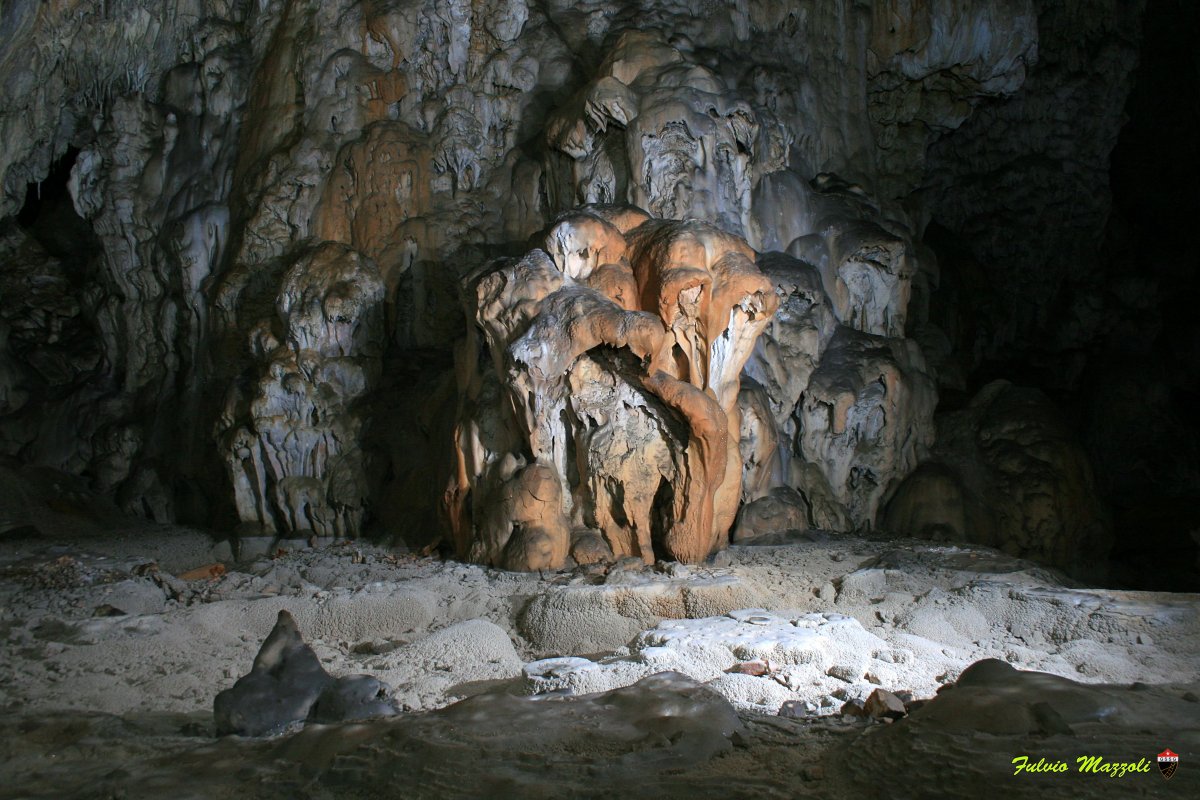
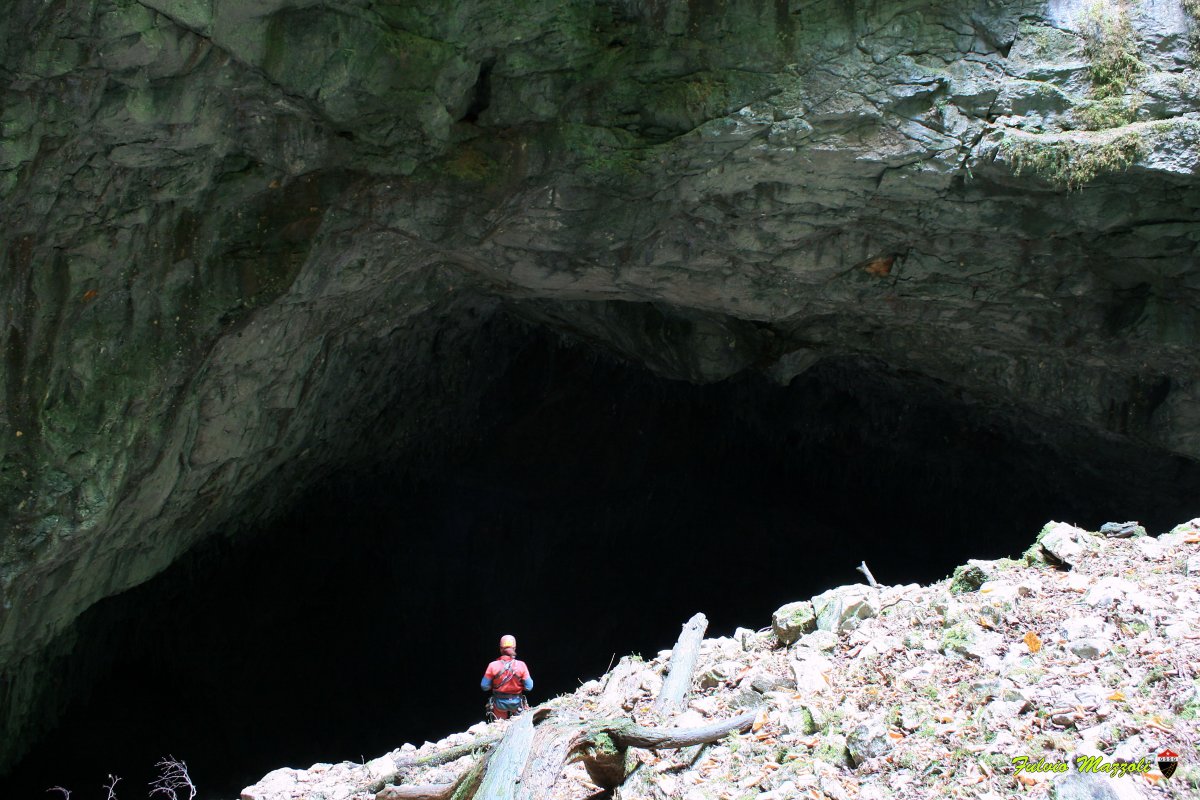
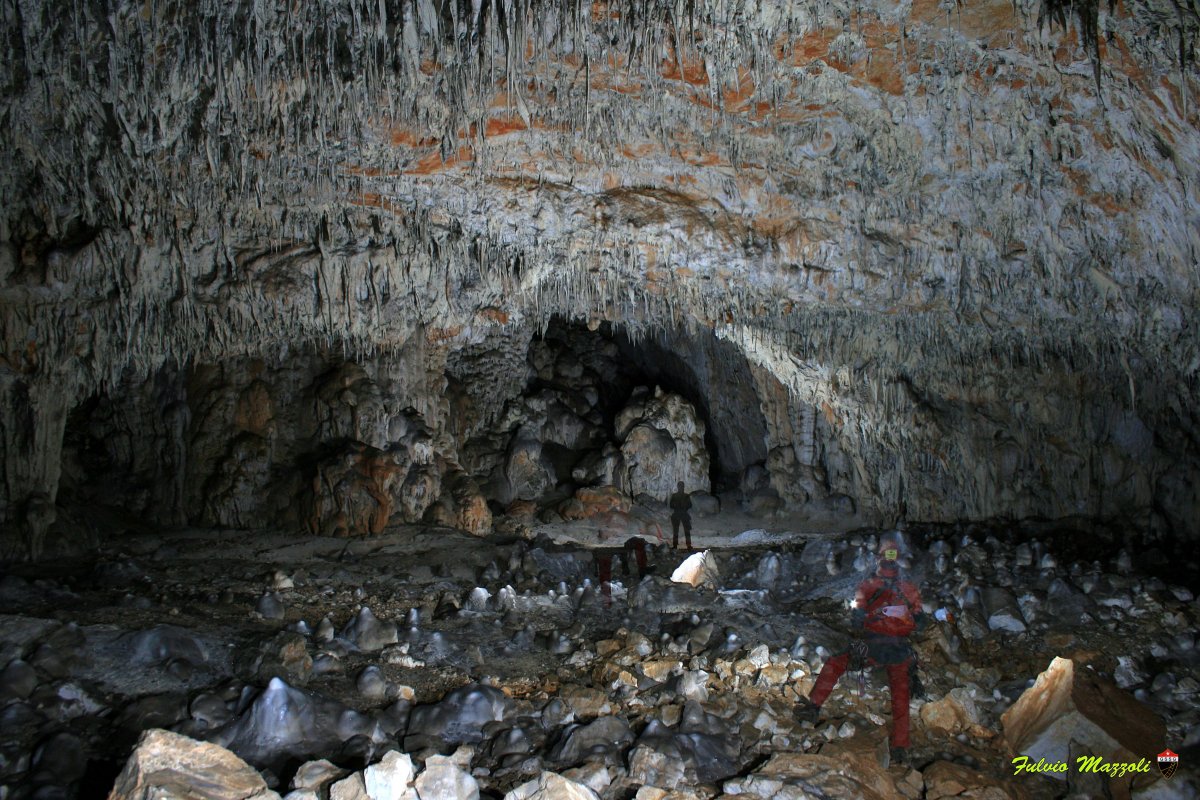
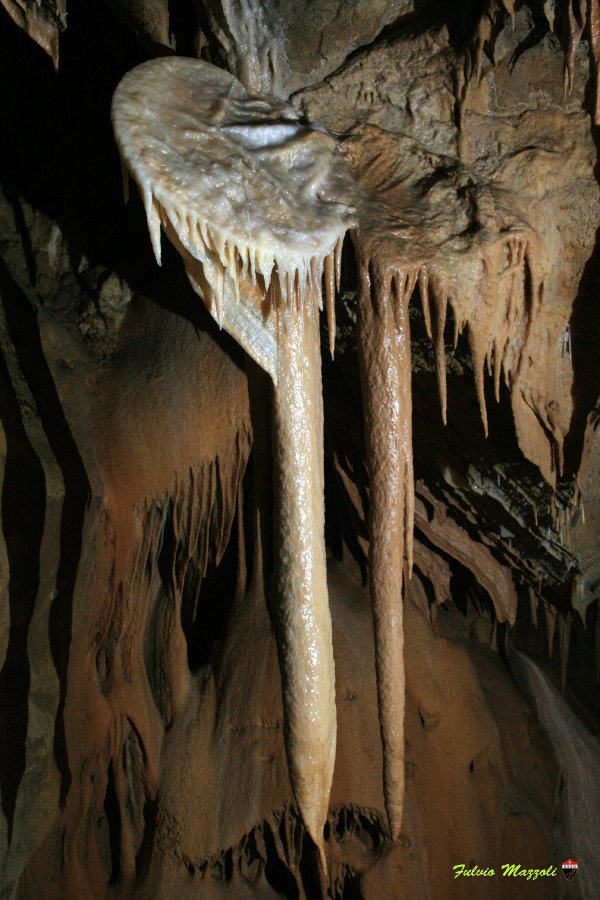
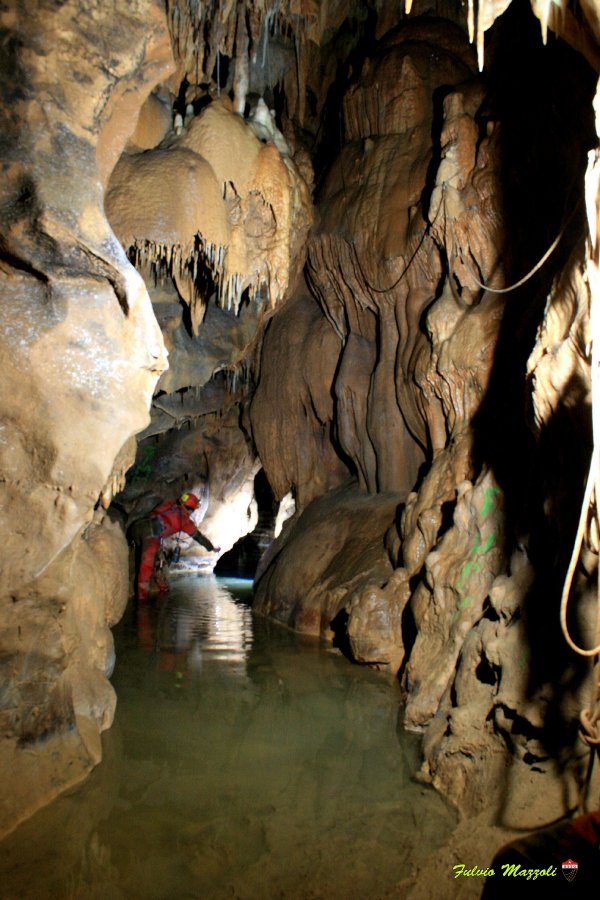
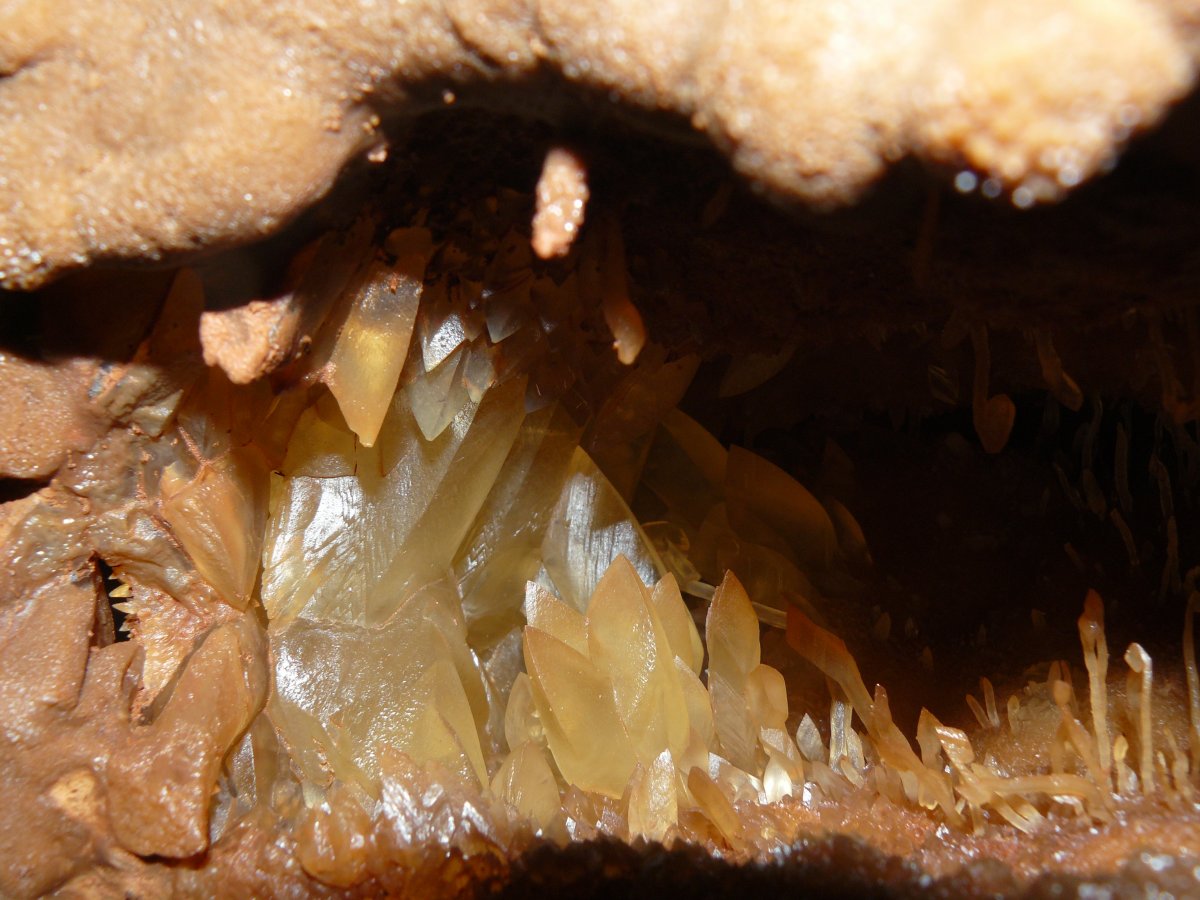
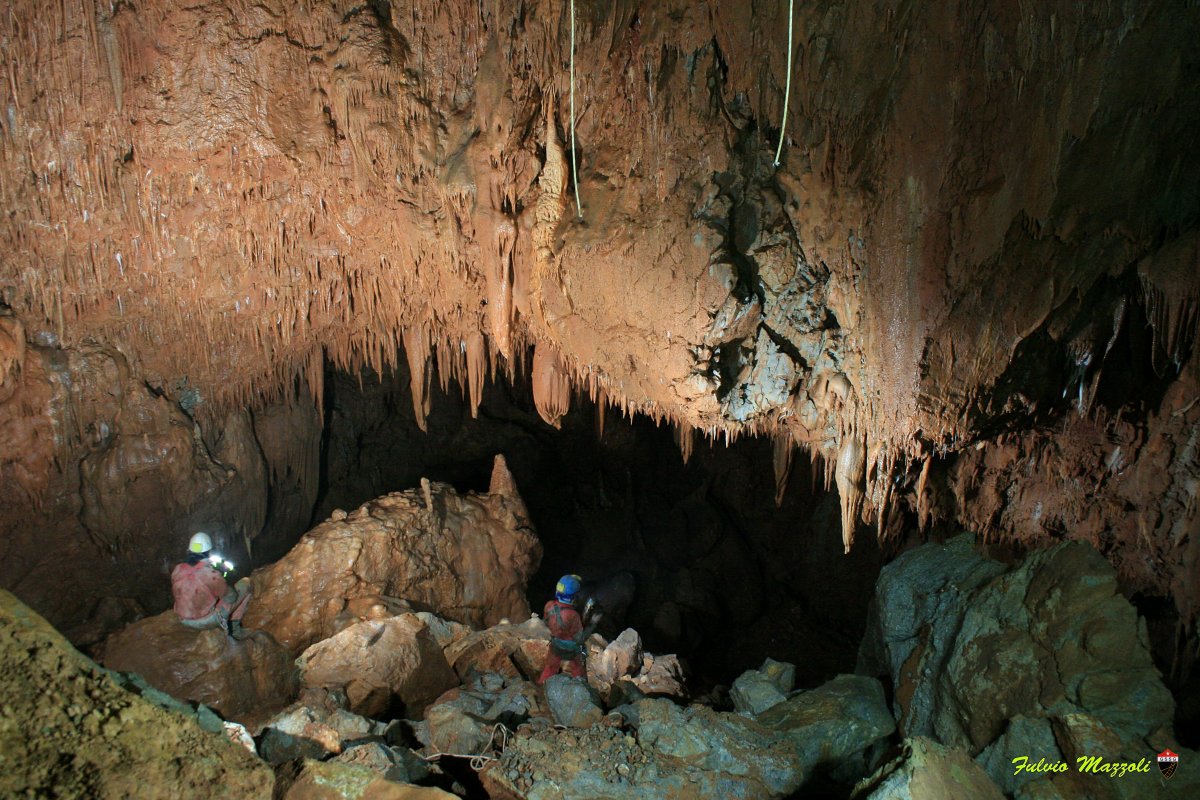
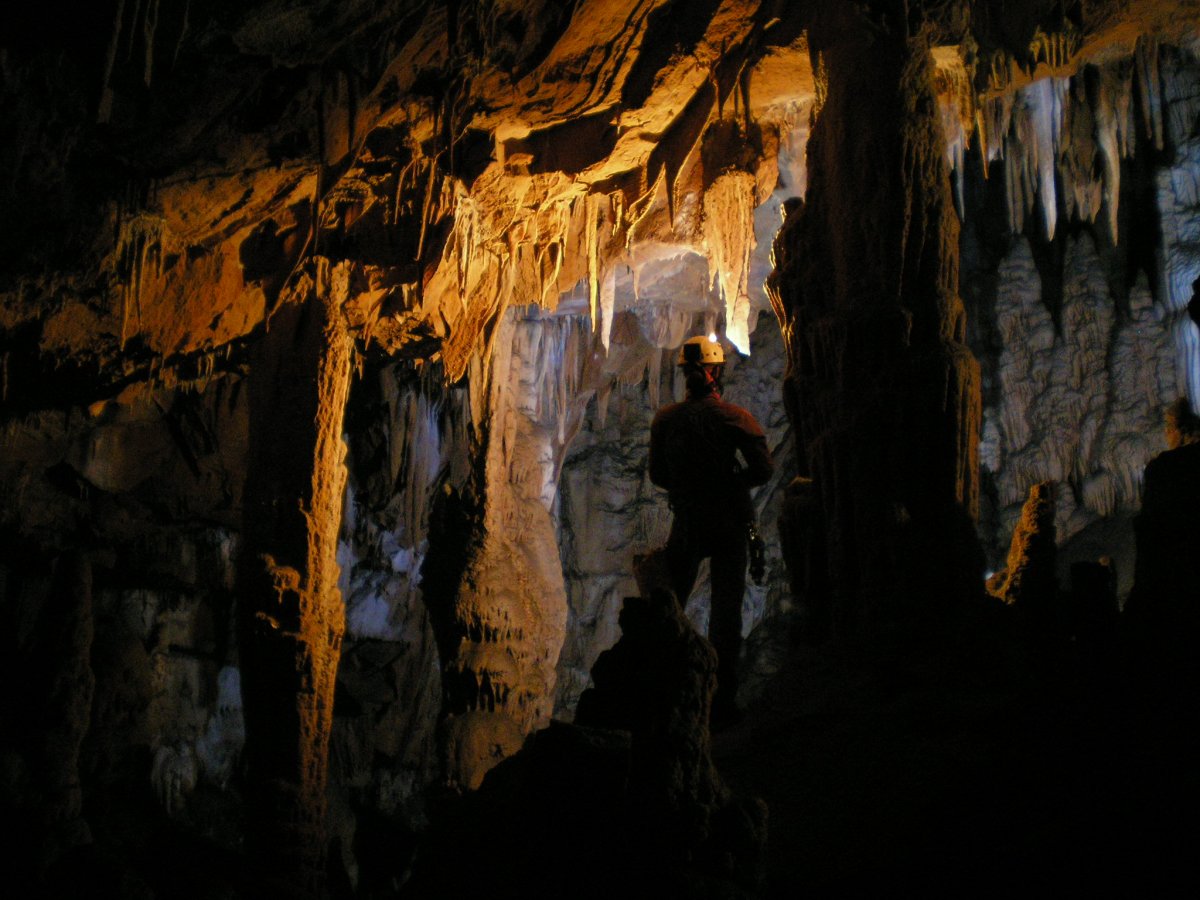
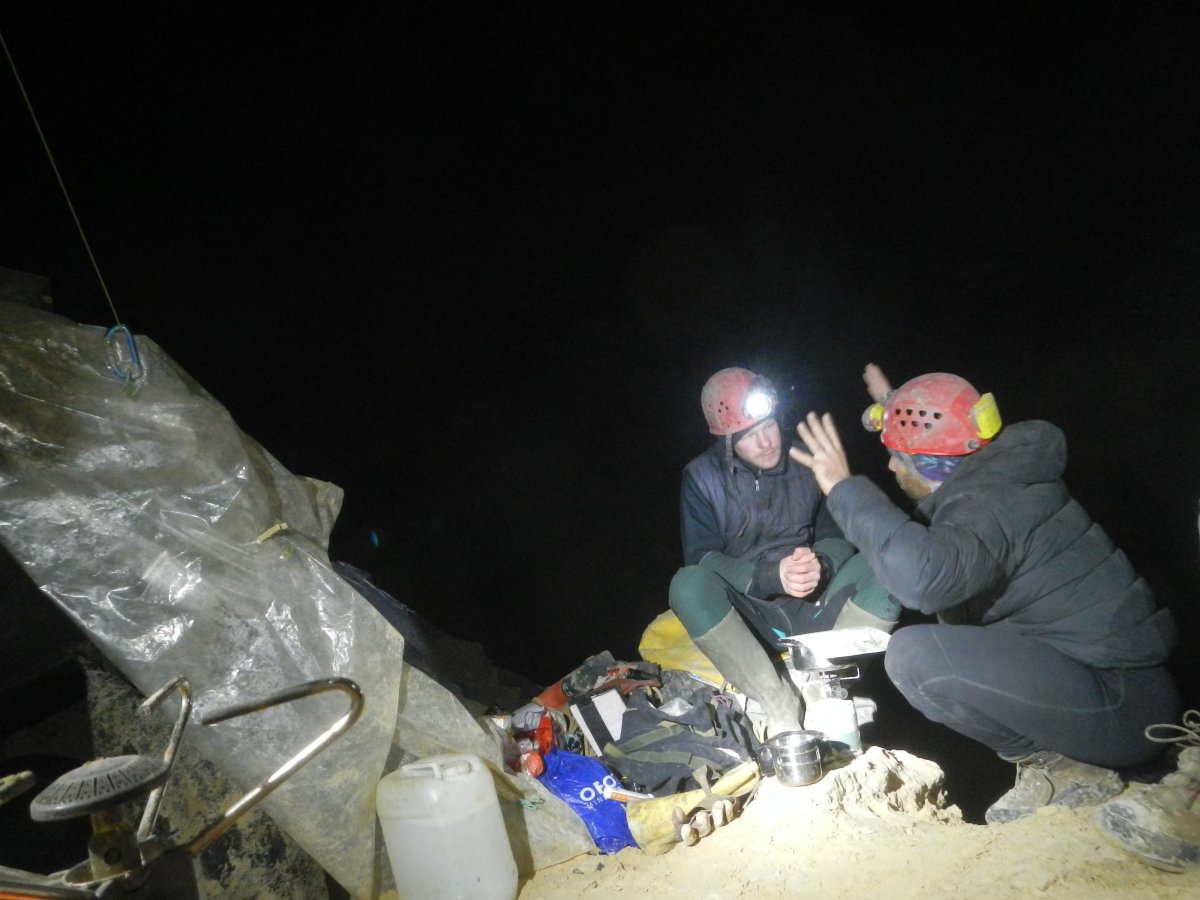
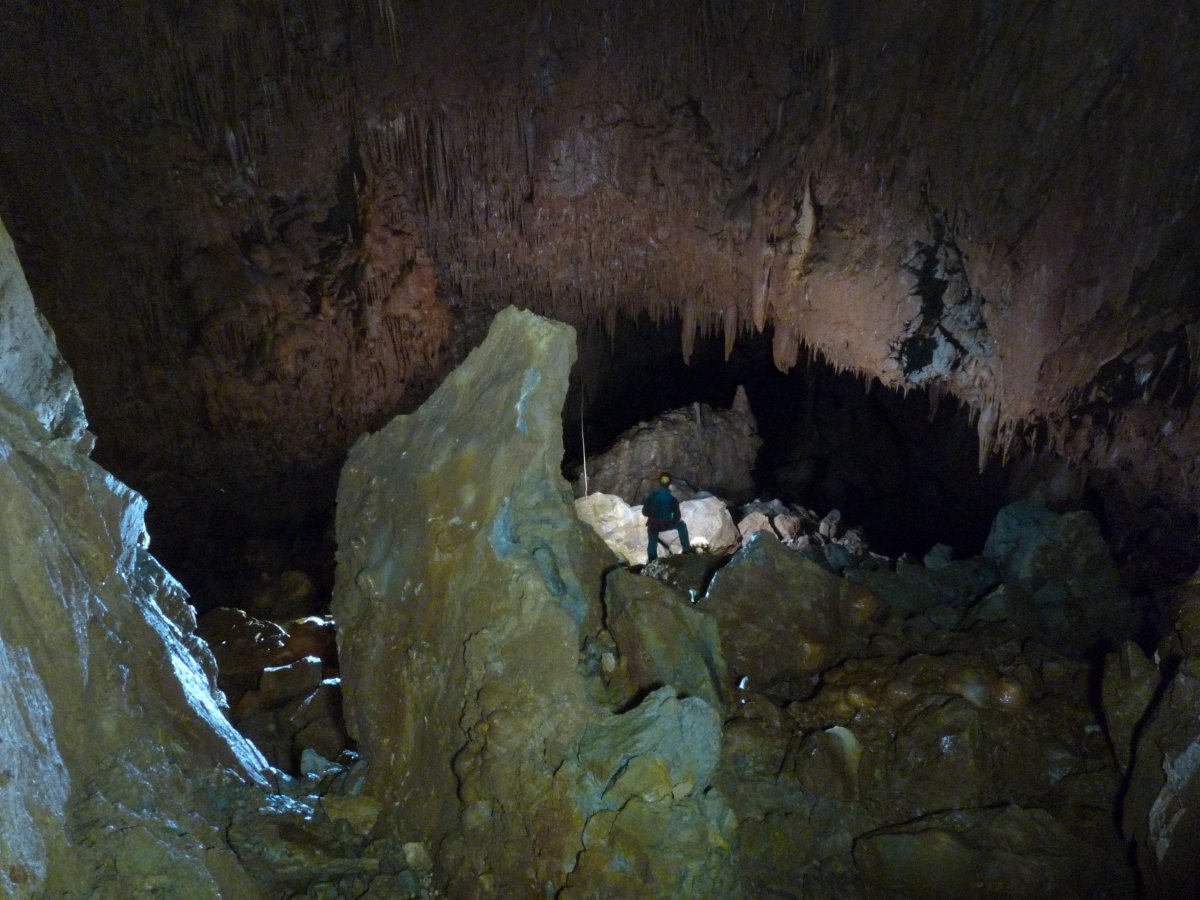
Lascia un commento